Artificial Intelligence is no longer a buzzword; it’s here to stay. In fact, it’s already everywhere in our lives. But what does this mean for designers? Design has always been about solving problems. The rise of artificial intelligence and machine learning has given us new tools to solve even more problems than before. As AI gets better at understanding how we think and act, it’ll be able to make better design decisions than humans do — and with fewer resources. It’s not an exaggeration to say that AI will fundamentally change how we work as designers. So what does AI mean for design? The short answer: everything.
When Design Meets AI
Design is the act of creating with a purpose and is all about solving problems. AI is also, to some extent, a form of design that aims to help humans solve problems by creating solutions that are similar to or even beyond human thought patterns. The work of design does not seek certainty but rather benefits from it. The bottleneck of human creation is man’s limited experience, logic, and method; can AI help us to go beyond our experience, logic, or method, thus allowing the further release of human creation?
Generative design techniques are not particularly new, but deep reinforcement learning is a relatively new technique that has emerged in the past few years and has played a large role in the recent growth of artificial intelligence as a discipline. Google’s DeepMind created an AI program called Deep Q that uses deep reinforcement learning to play Atari games and improve itself over time, eventually gaining amazing skills such as finding unknown vulnerabilities in the game.
As for the design industry, a logo maker called Looka has generated 5.5 million custom logos generated by artificial intelligence and has done so so successfully that it has now grown to design the whole brand system, with the logo design tool going through a series of questions to better understand your needs and your visual tastes. This is actually how a graphic designer works when interviewing a client to get started with a logo design. The only difference is that Looka’s process is much faster.
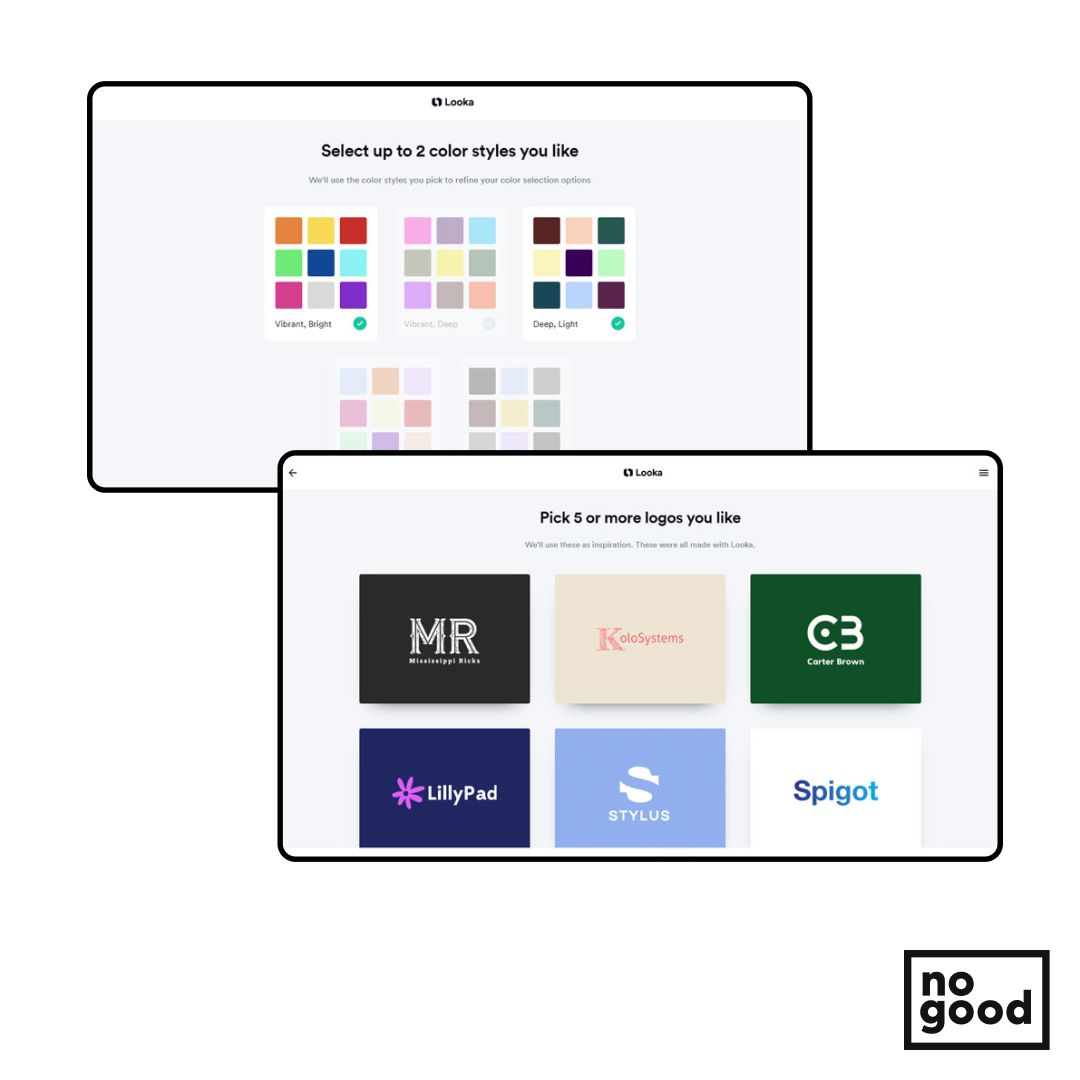
Huge agencies have also long embraced artificial intelligence in their branding work. In 2017, Ogilvy Italy created Nutella Unica, using “dozens of patterns, thousands of color combinations and a special algorithm to create 7 million jars of Nutella with different versions of the brand’s graphic identity. Each jar is described as “a work of art” and printed with a unique code that could be authenticated by collectors. They sold out within a month.
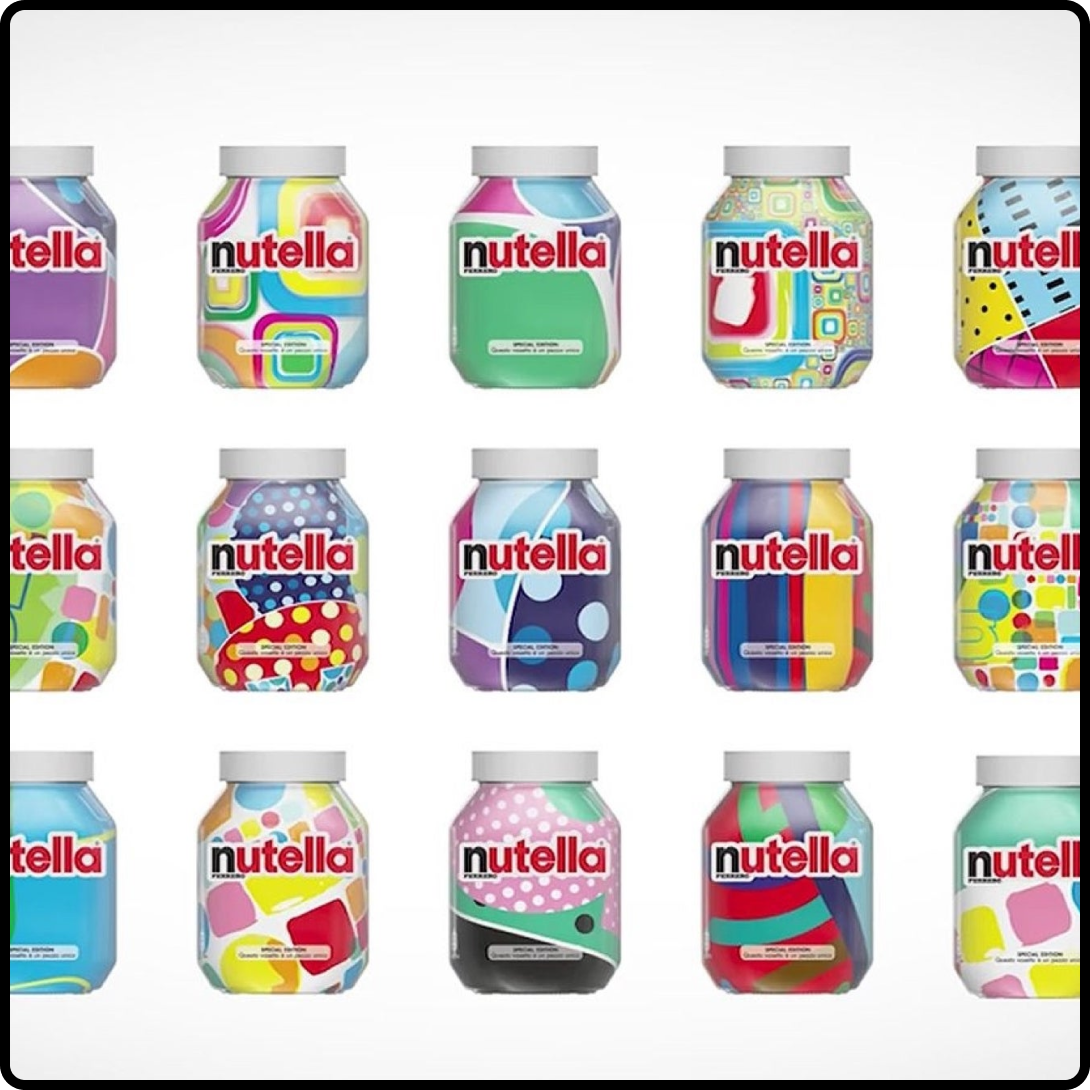
It is Not a Trend, but an Opportunity
Design needs creativity and emotion, and it happens that it should play a more important role in linking artificial intelligence and human nature in the age of intelligence. Therefore, the relationship between design and AI is far deeper and more complex than a work-replacement relationship.
As seen in today’s design workflow, there are two steps between product conception and testing with users: from sketching to digital layout reconstruction, and from digital layout to prototyping. It usually takes weeks and cross-team collaboration to turn an idea into a concept.
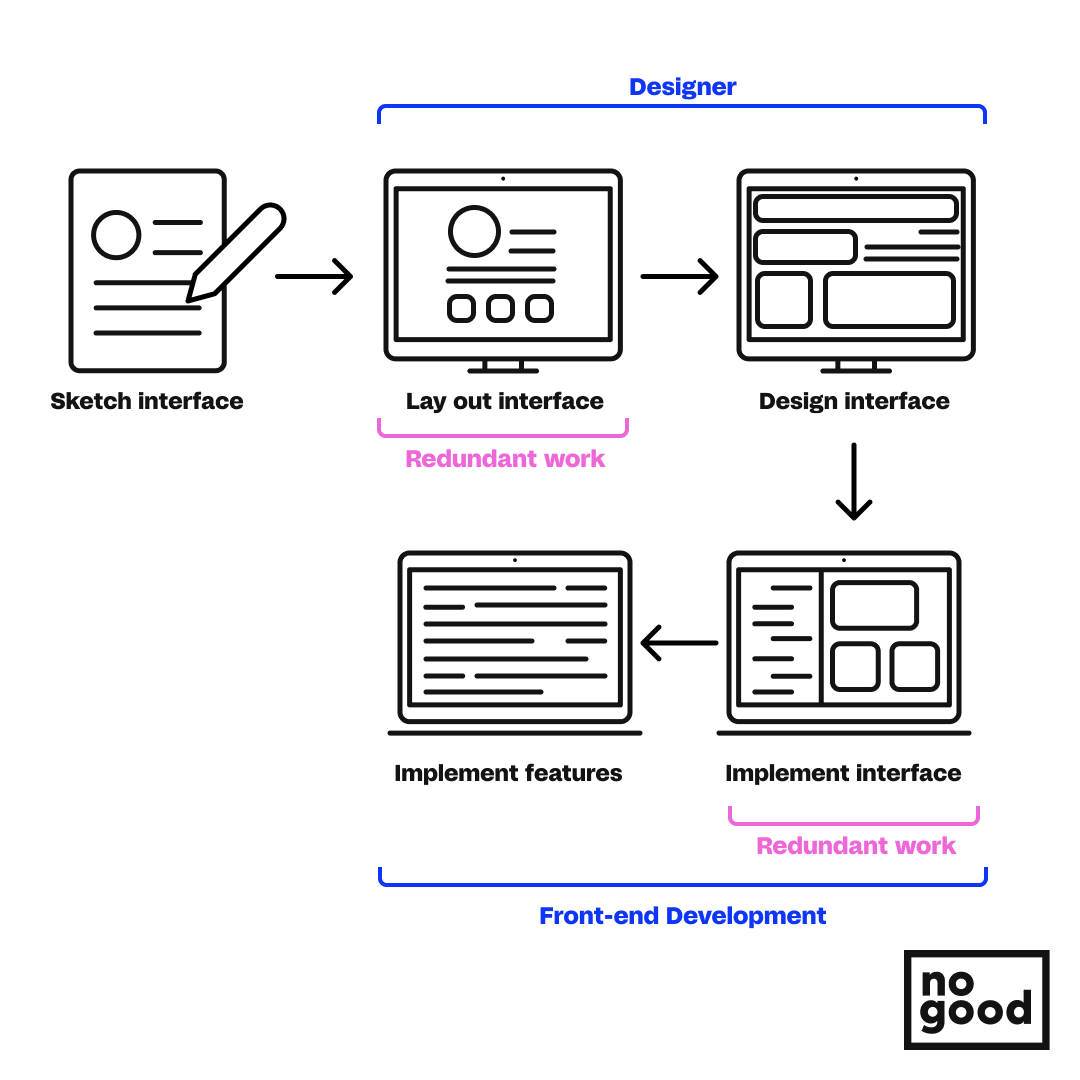
AI can help designers create designs faster and cheaper. AI tools can analyze large amounts of data in a matter of minutes and suggest designs accordingly. Airbnb is already using this feature to develop an AI system that can literally take rough sketches on paper and turn them into actual product models almost instantaneously. This AI-powered solution is designed to streamline the entire product development process by focusing on testing functional prototypes rather than jumping between different teams for half-finished modules and components.
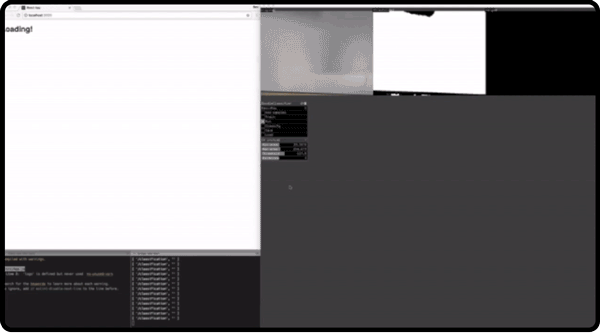
When everything that can be automated is automated when logos, layouts, and websites all can be created by machines gorging data, how long can designers maintain a sense of control over the creative process? AI, while not a replacement for human-centered design, can help designers make better creative choices, faster. While these intelligent tools can handle tedious tasks and take charge of the form-giving process, designers still need to define and chisel away at the experience and feel that design is meant to provide.
Design the Experience
User-centered design pays close attention to the user’s experience and feelings when designing. The term user experience design is gradually spreading to various industries, and the value it brings makes various companies understand the importance of improving the experience. However, there is a limitation of UX design now: it is still designed for the product, and it only cares about the user’s experience during using the product, not the impact of the product on other aspects of the user. This is due to the fact that UX designers need to make inferences from huge data sets — and the faster the better. This involves a lot of repetitive work and a huge amount of time.
AI can sift through large amounts of data and produce valuable findings in a very short time. And with this process, the more data used, the better the user experience. Information is always power, and the more information a designer has, the better the end product will be. Artificial intelligence can be trained to create surveys that collect data and respond appropriately to user needs in order to perform qualitative data analysis. This ensures accuracy and allows parameters to be adjusted as needed.
Working with AI, designers will soon have the opportunity to focus on creativity and strategy, leaving the technical tasks to the machines. One example of this is split testing. Through machine learning, the system can identify user behavior and quickly optimize multiple versions of a design — a step beyond traditional A/B testing. Similarly, AI systems can use a designer’s previous designs to compile a series of split-tested layout solutions. The future of UX design lies in human creativity, paired with the footwork of AI.
The maturity model of analytics moves from descriptive to diagnostic to predictive and ultimately to prescriptive. Artificial intelligence-driven insights can provide incredible value to the UX design process, providing a means to identify real-world customer journeys to optimize UI/UX to better meet customer needs.
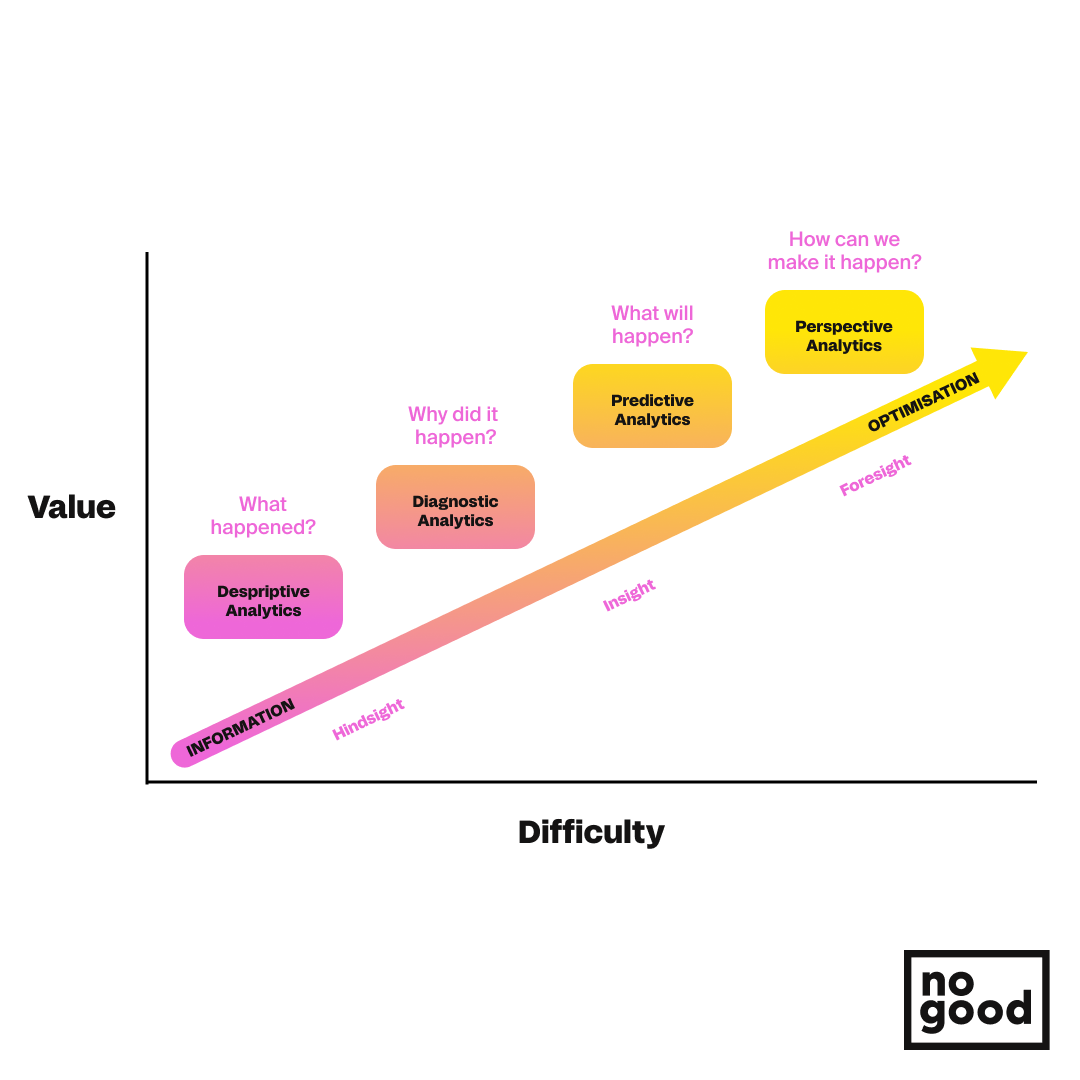
Design for the Individual
AI does not undermine the basic principles of design thinking (human-centeredness, induction, and iteration). On the contrary, it can overcome the limitations (in terms of scale, scope, and learning) of past human-intensive design processes. In the context of an AI factory, solutions can even be more user-centric (to the extreme degree of granularity, i.e., designed for each individual), more creative, and continuously updated through learning iterations that span the entire product lifecycle.
This provides an opportunity to expand and deepen the design thinking of user experience.
When the design object changes from product to user experience, designers cannot only consider their own product experience, but also consider the linkage between products and products from a global perspective, and consider how their products can serve users in different scenarios and unexpected events. The product turns from a monolith into a piece of a puzzle and needs to consider the relationship and compatibility between the top and bottom, which is a new challenge for designers.
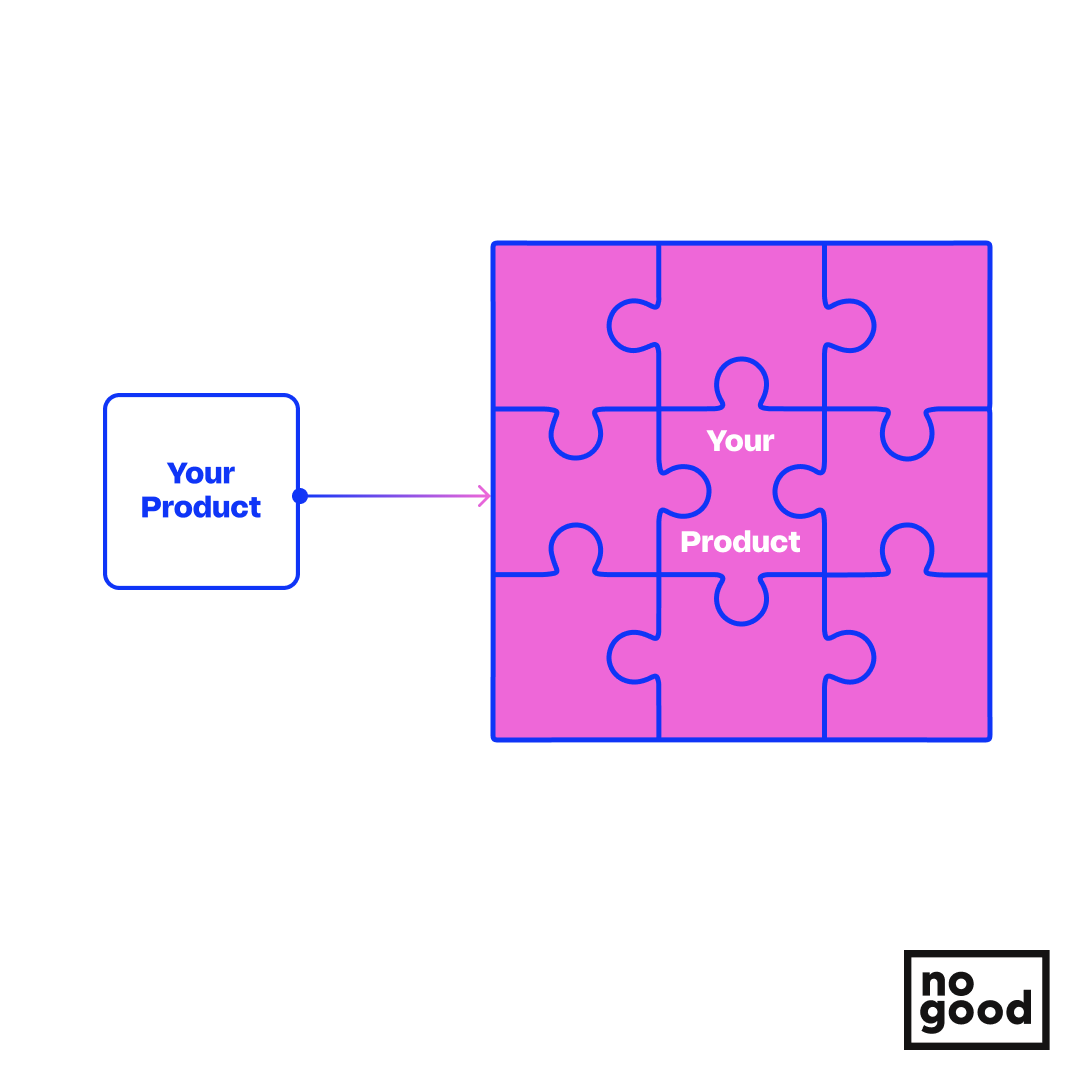
In today’s world of sensory overload, leading brands are distancing themselves from their competitors by identifying user needs and delivering relevant, streamlined experiences. With more data being generated than ever before, the challenge for UX designers is how to best use this data to their advantage. Leading UX professionals are proving that the solution lies in working with artificial intelligence.
With the help of artificial intelligence, you can give users a more human, intuitive, and positive experience by reducing errors and frustrations. The biggest example of this is Netflix — everything you see on the site, including your home page and even recommendations, is personalized to your tastes. All aspects of your user experience, including seamless video quality, the thumbnails you see, captions and audio quality, and more, have some parts of machine learning.

Design With AI Better
Using AI means designers have access to more information and can design more powerful products. AI is playing an increasing role in shaping the user experience of products and services, allowing designers to gain more insight into human behavior through a deeper understanding of the motivations for human desires and concerns. If used properly, this information has the potential to continue to benefit products and services; however, designers must also strike a balance between user experience and ethics. As information increases, so do responsibilities. They must consider whether having and including certain information poses a risk and constantly question the ethics of the product or service they are designing.






